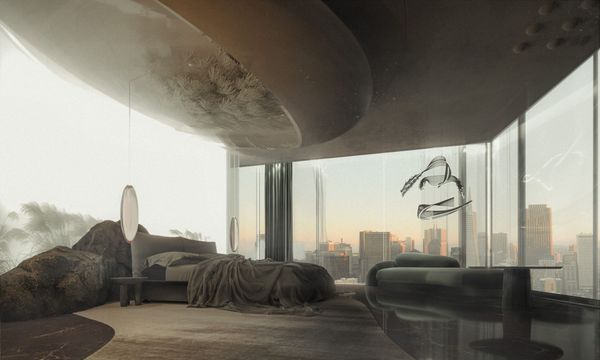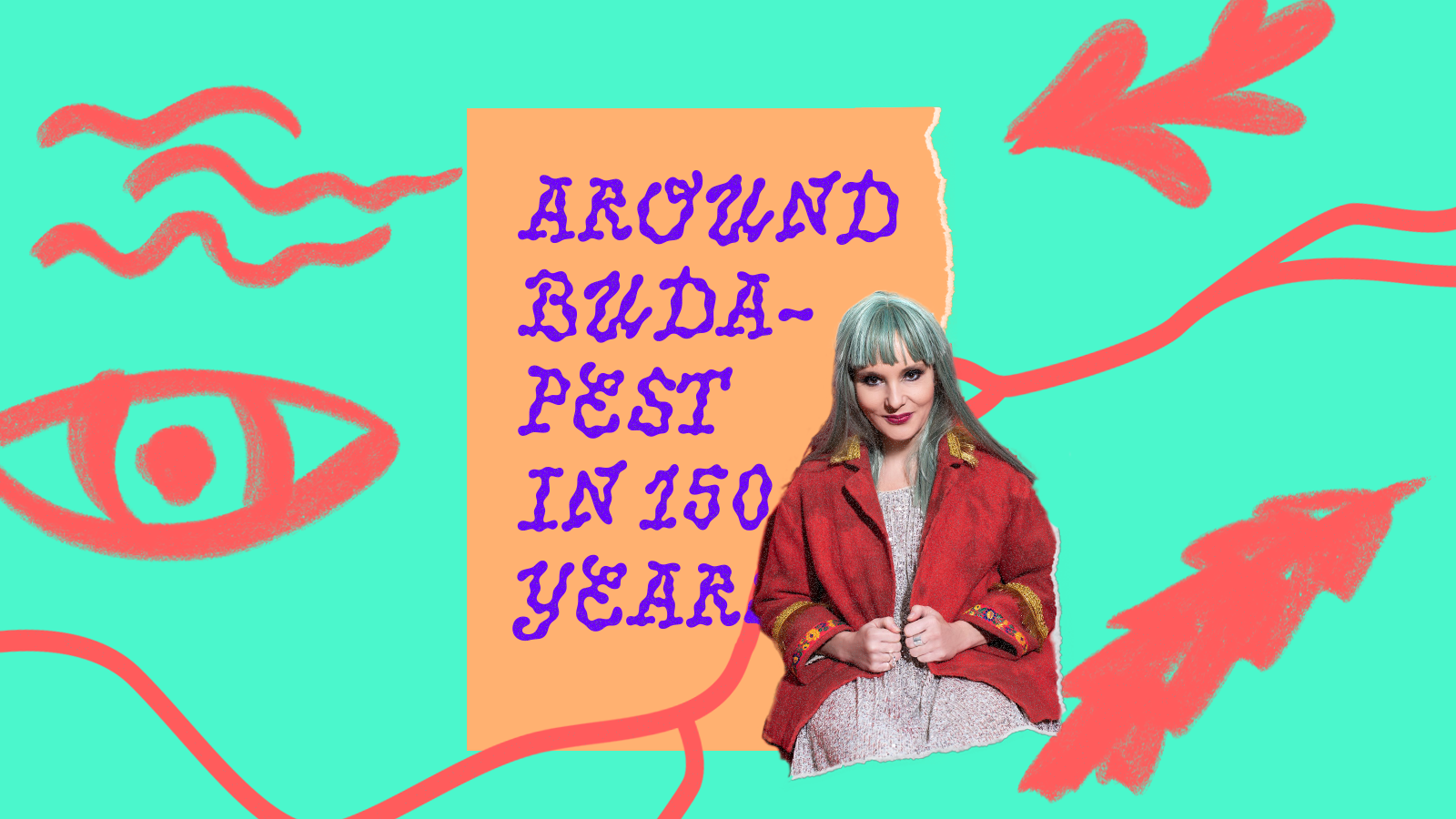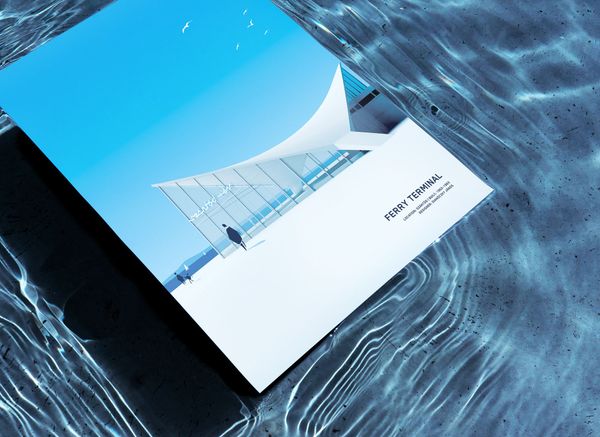People, words, buildings, stories and moods—all of these and more have contributed to creating the Budapest we know today over the past 150 years. To mark the anniversary, we asked people who are connected to the capital by a thousand (or at least a hundred and fifty) threads about the past and future of Budapest and their personal connection to the city.
Orsolya Karafiáth, writer
What would you have been in Budapest 150 years ago?
Knowing myself, I would have been an actress, who is a revue dancer or singer at heart. There’s a picture of Lujza Blaha standing in some leggings-like pants, with an incredibly cinched waist and a spectacular headdress. Not pretty, but her strength radiates impressively even from the picture. I would have been a little sad, still mourning the love I lost in the War of Independence and cherishing the memory of the revolutionary days when we were still burning fervor. My best friend, Lujza Szathmáryné Farkas, and I would live the life of free women.
The differences in geography, history and development still create tangible contrasts between Buda and Pest. What do you like about both?
I spent my childhood in Kodály Körönd, I went to the kindergarten on Benczúr Street. I have strong memories of my mom dragging me to the market on Lehel Square and falling into the duckweed in the City Park. I recognize those who also grew up here, I have experienced this time and time again. Recently, for example, when I met the painter Zsombor Barakonyi. Somehow I immediately felt that we were kindred spirits, and we started talking. This strange sensation of familiarity made me uneasy, but then it turned out that we had lived in the same house for years, used to go to the same playground, chased the same pigeons. When I’m in the area, this feeling of home comes over me. But I have lived in Buda for a long time, I have switched as an adult. In my younger years, I lived in twenty-one sublets in twenty-one years, the shortest time being three months in a jenkie little apartment. But always in Újbuda, to be close to the city. Pest used to be dirtier, and in my troubled days, Inner Buda was my refuge. But now, if the opportunity presented itself, I would perhaps move back, say to the area around Lövölde Square, if I cannot live on the hill, which would be my other dream. When I was a kid, I used to drag my pop to Kőbüfé and we’d have to walk down there, and I’d tell him with misty eyes at every second villa that I’d live there when I grew up.
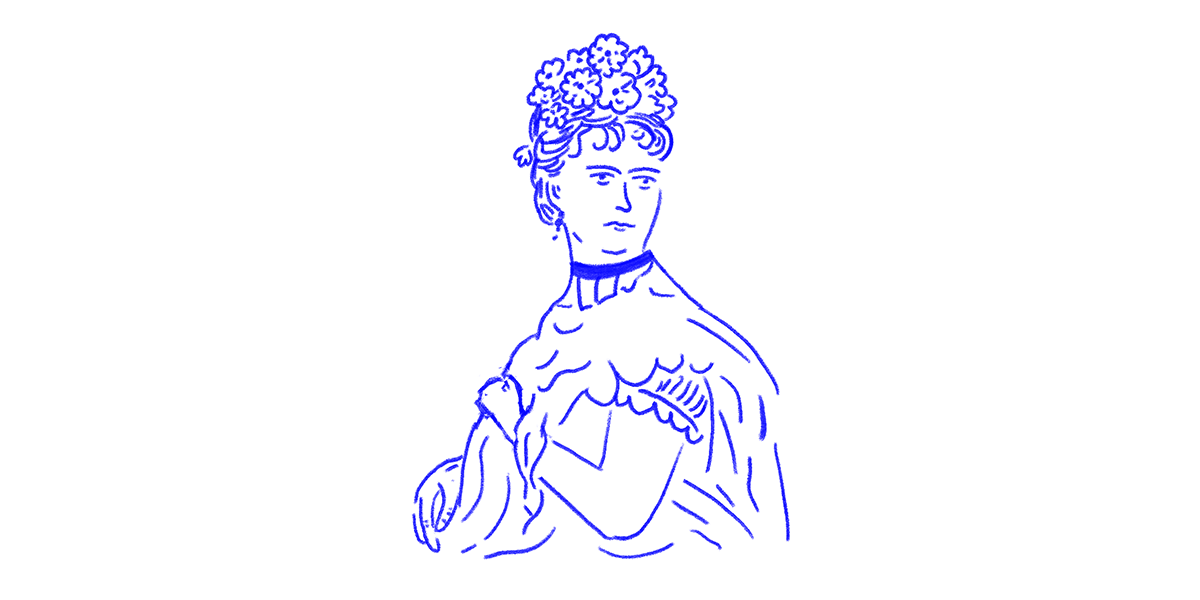
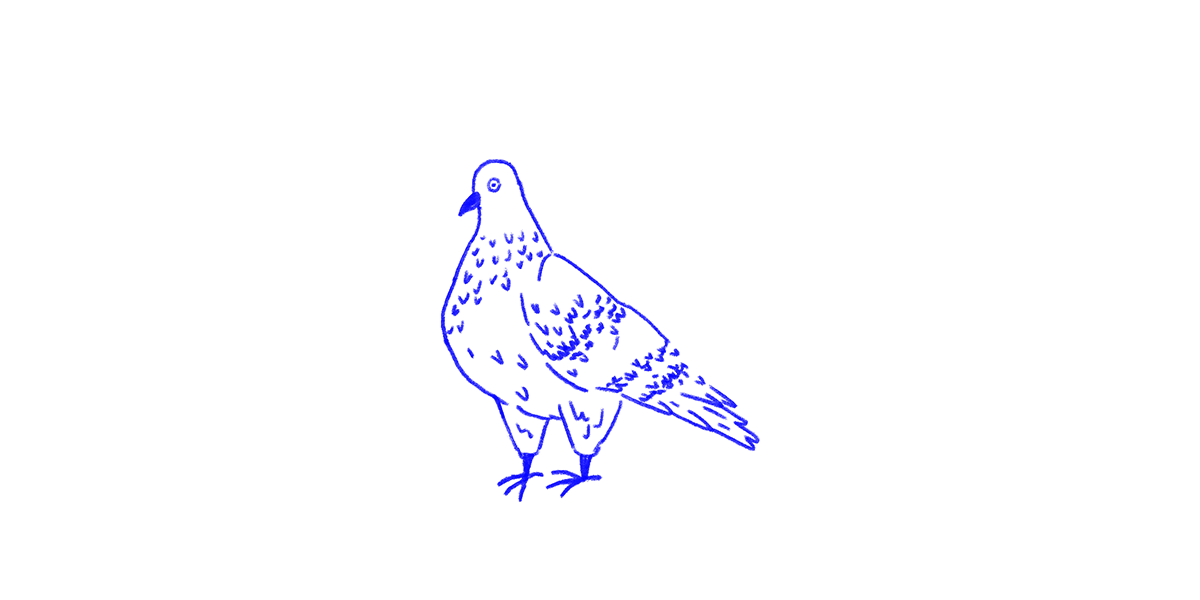
What are the best and worst things about Budapest?
The best thing is that there are so many great places, lots of theatres and hidden little gardens. The worst thing is that everything used to be better. I mean, my favorite pubs and party places (Kulti, Rácz-kert, Pagonykert, etc.) are gone.
Which image and/or song best describes Budapest for you?
The song is of course Budapest by Tamás Cseh, but I guess that’s what everyone says. I do not have an image in mind.

If you had to recommend a book about Budapest that might also be available in a foreign language, which would it be?
For me, it’s Makra by Ákos Kertész and the image of Budapest in it is very important. It reminds me of the many stories of my mom, and the faces of the suburbs, the image of the factories. I loved Miklós Rónaszegi’s Gézengúzok series, in which the city makes an appearance whenever the children are not wandering around on the Hortobágy or Papsziget or who knows where. I also like Magda Szabó’s Budapest—although she always only shows a small slice.
Who or what is the most ‘Budapester’ person or thing for you?
The most Budapester thing is being a jerk, that no one makes space on the bus, everyone jams up at the door and doesn’t move an inch. It symbolizes the mentality of the whole country.
If you had to live in one of the region’s other capitals instead of Budapest—Vienna, Belgrade, Ljubljana, Bratislava, Prague, Warsaw, or Zagreb—, which one would you choose?
Warsaw. Although I like the other cities too. I have no particular reason, but somehow I feel the same sense of home there in the big parks and in the shadow of history as I do in Kodály Körönd.
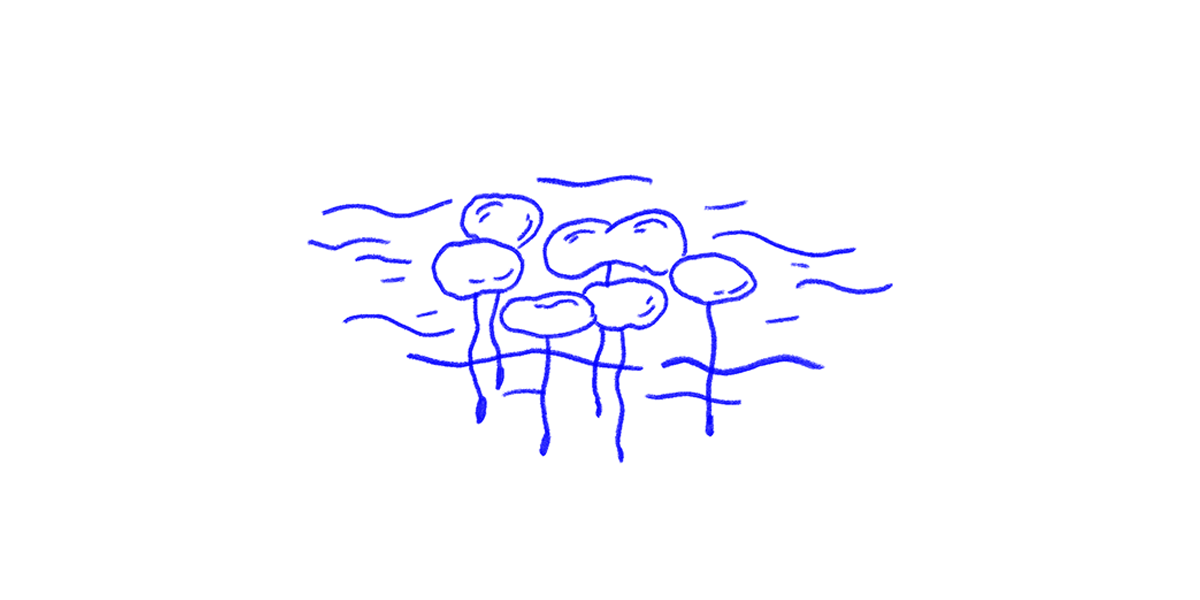
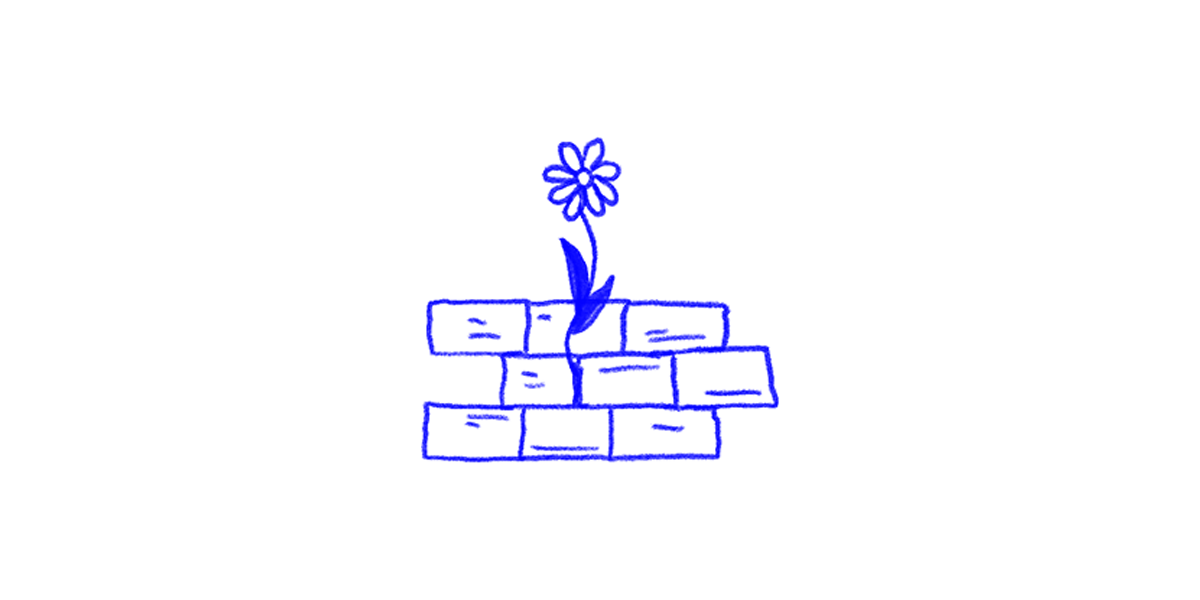
How do you see Budapest in 150 years from now?
I hope that it will still be there. And if so, it will have been taken care of—there will still be some green growing between the paving stones.
Portrait: Orsolya Karafiáth, photo: Gábor Dala, design: Kék Ló
Graphic design: Roland Molnár
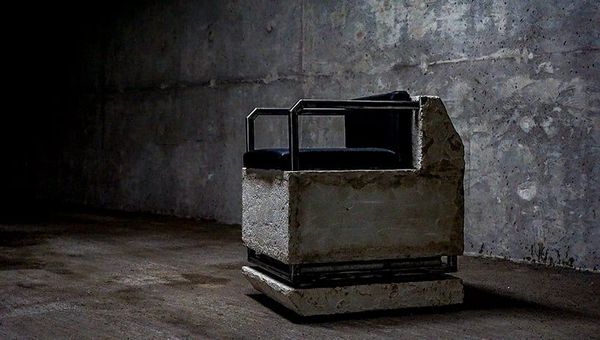
Meet the chair inspired by brutalist architecture
